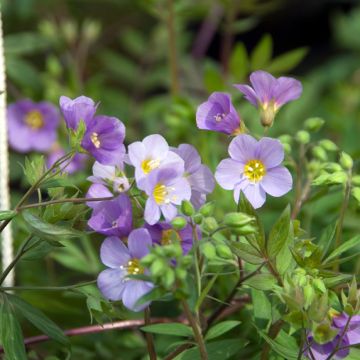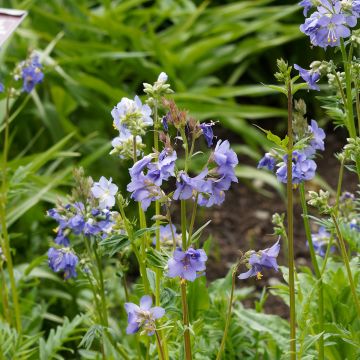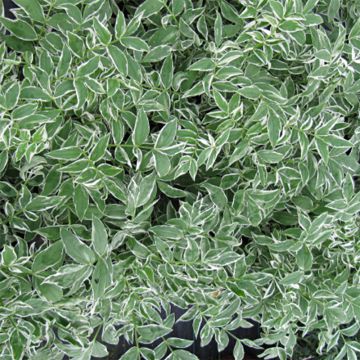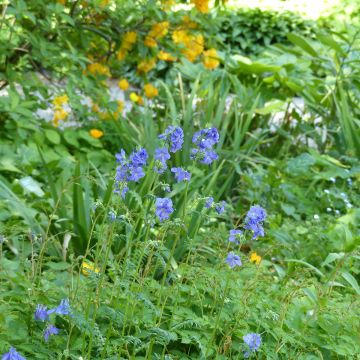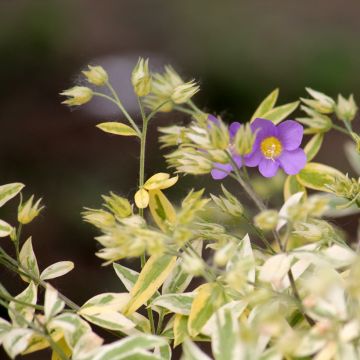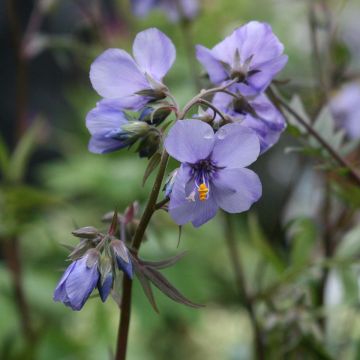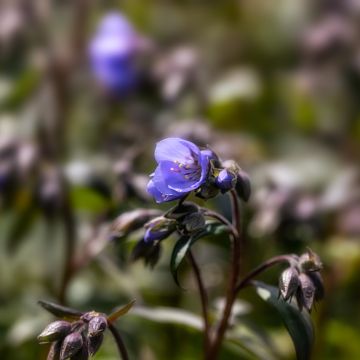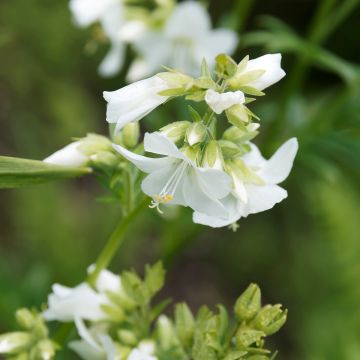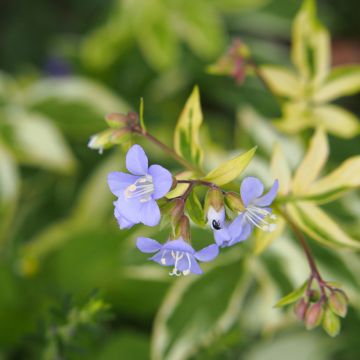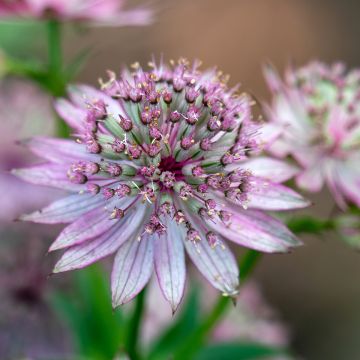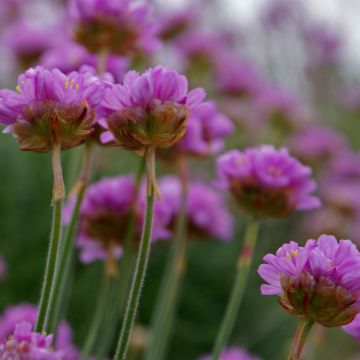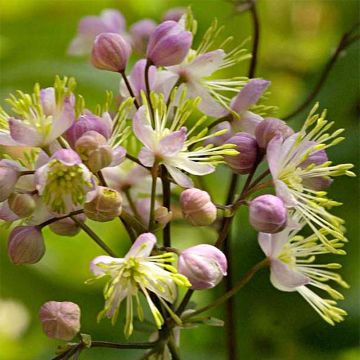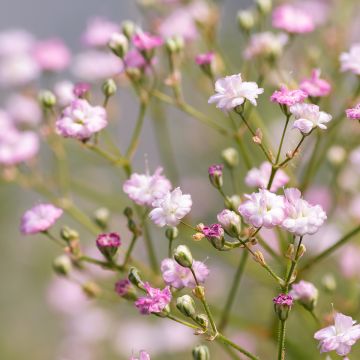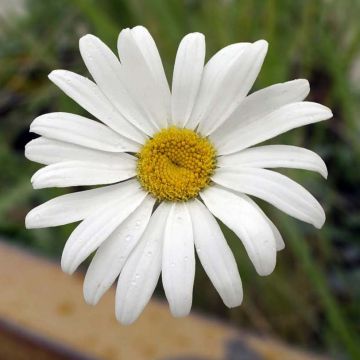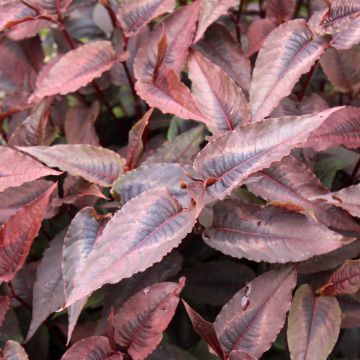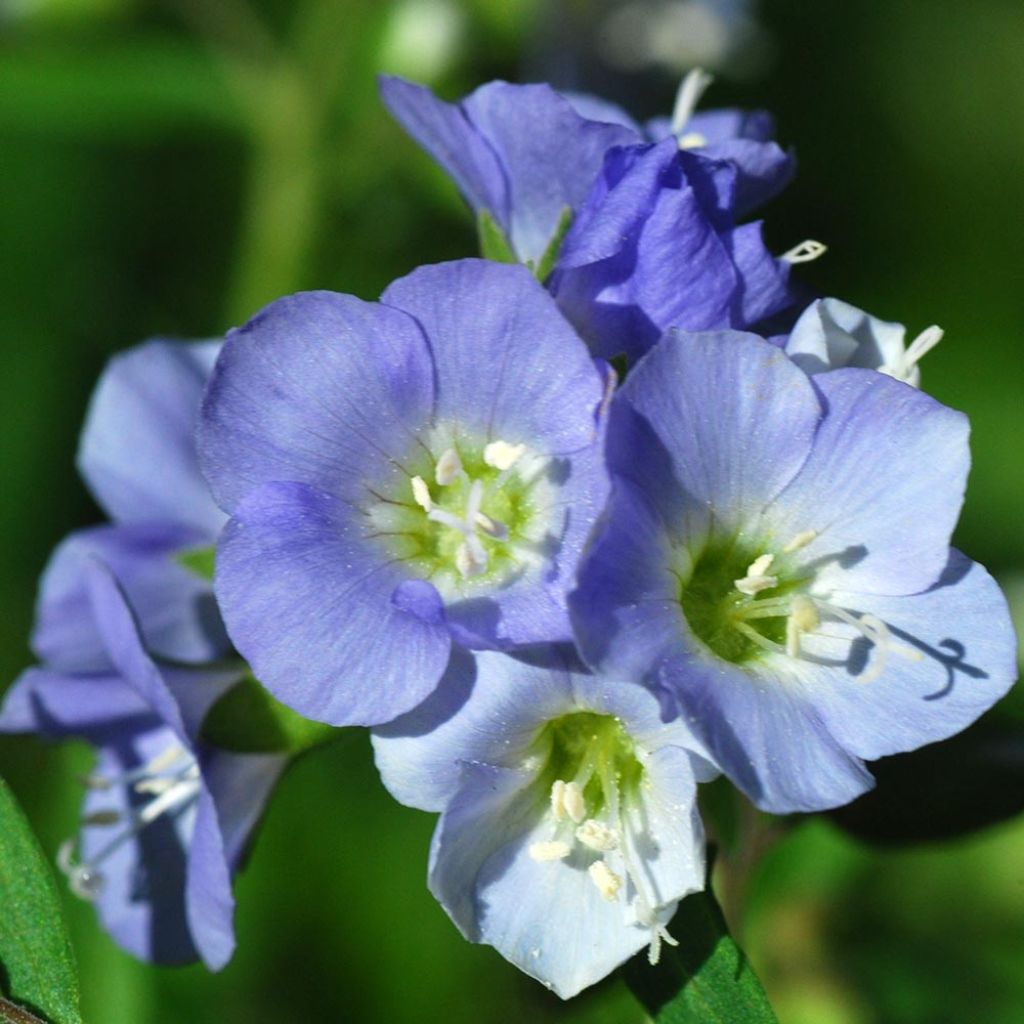

Polemonium reptans
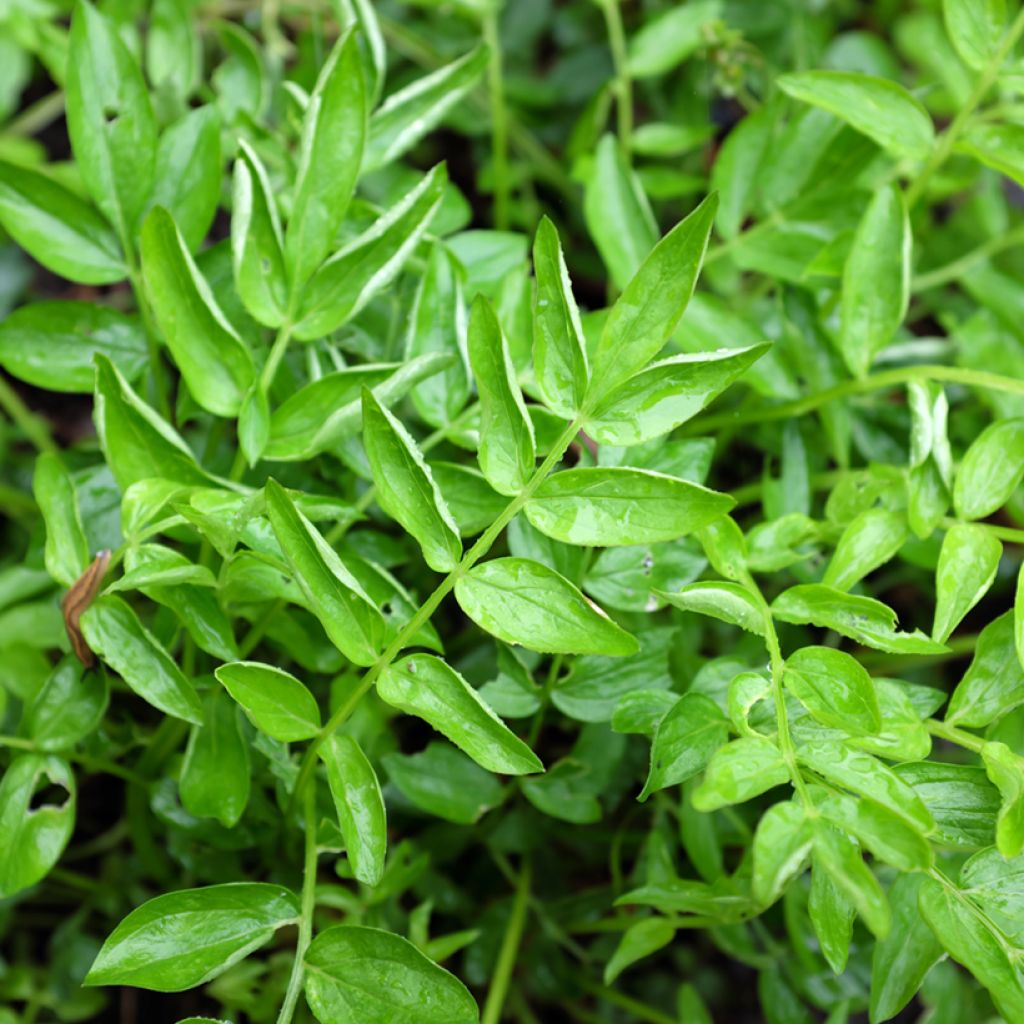

Polemonium reptans
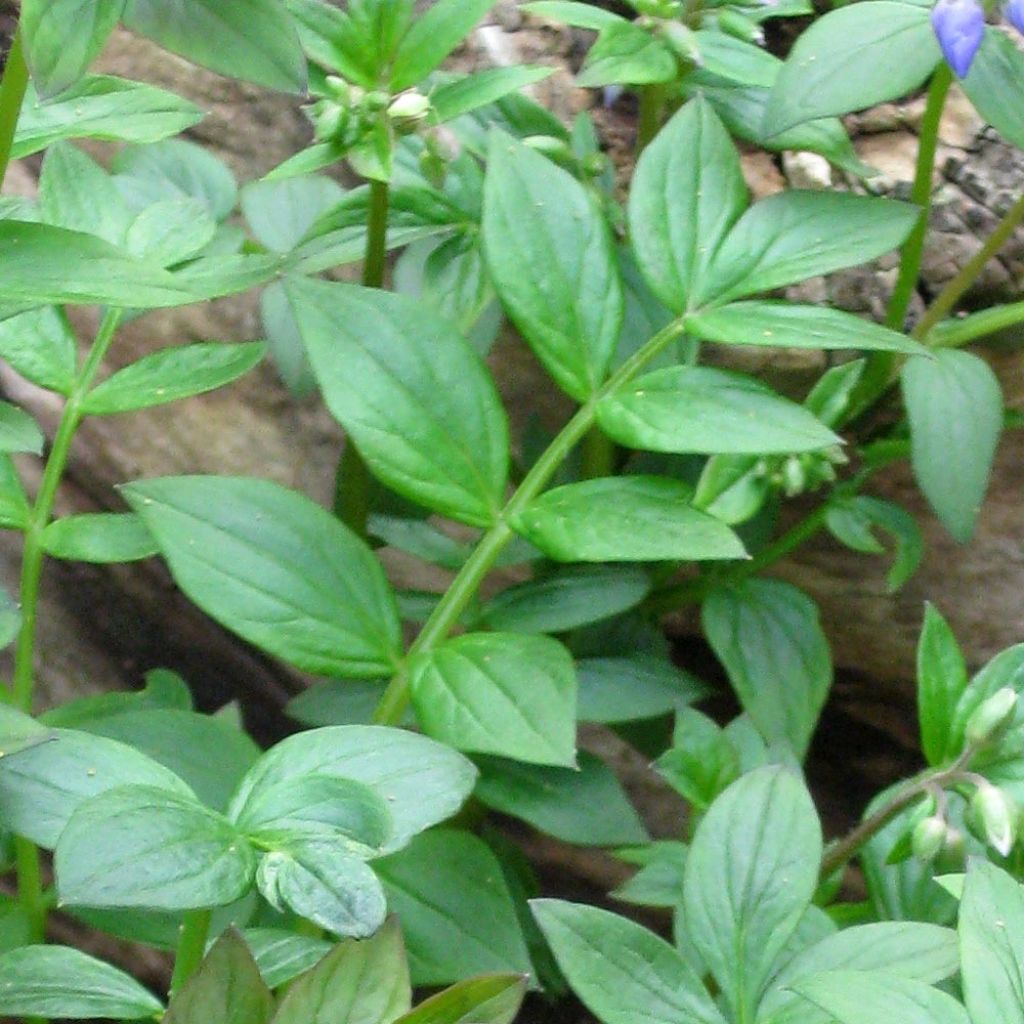

Polemonium reptans
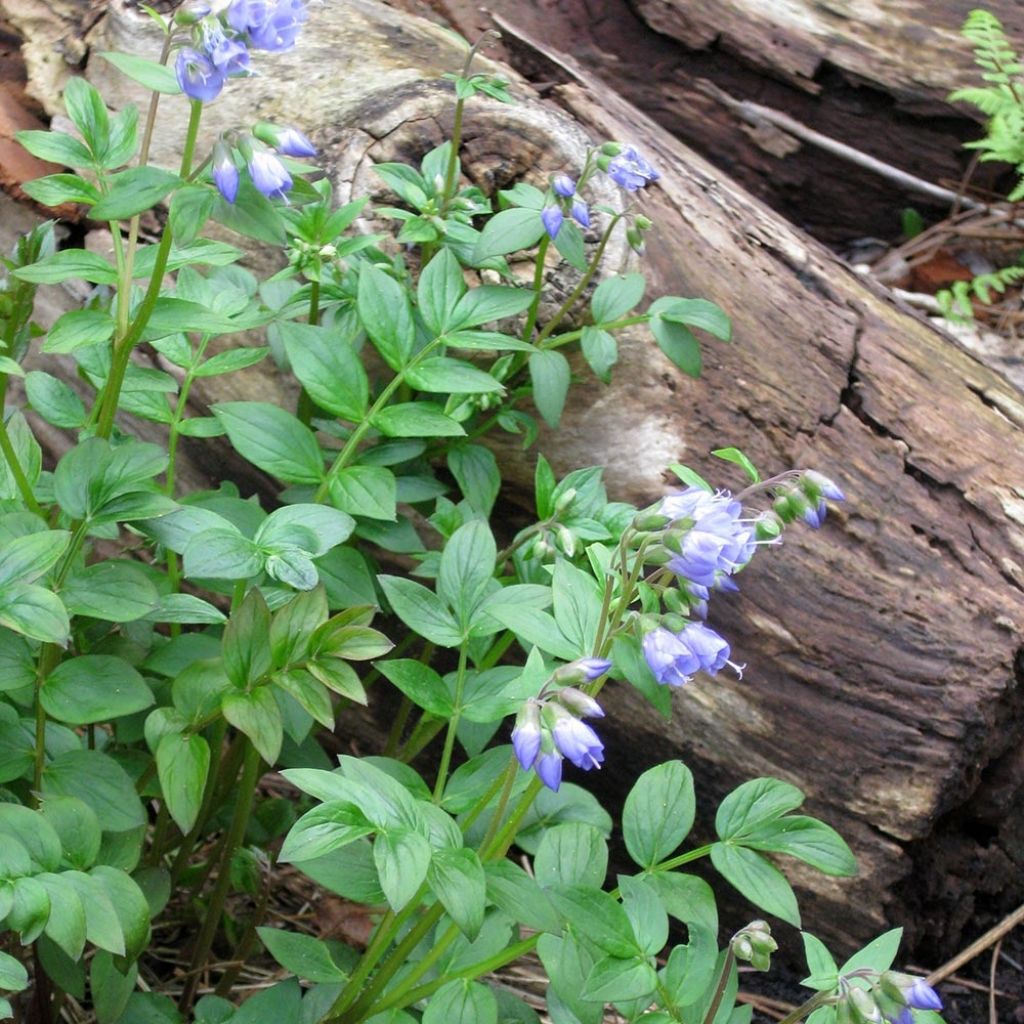

Polemonium reptans
Polemonium reptans
Polemonium reptans
Creeping Jacob's Ladder, Greek Valerian, Bluebells, American Abcess-Root, Sweet Root
Special offer!
Receive a €20 voucher for any order over €90 (excluding delivery costs, credit notes, and plastic-free options)!
1- Add your favorite plants to your cart.
2- Once you have reached €90, confirm your order (you can even choose the delivery date!).
3- As soon as your order is shipped, you will receive an email containing your voucher code, valid for 3 months (90 days).
Your voucher is unique and can only be used once, for any order with a minimum value of €20, excluding delivery costs.
Can be combined with other current offers, non-divisible and non-refundable.
Why not try an alternative variety in stock?
View all →This plant carries a 12 months recovery warranty
More information
We guarantee the quality of our plants for a full growing cycle, and will replace at our expense any plant that fails to recover under normal climatic and planting conditions.

Would this plant suit my garden?
Set up your Plantfit profile →
Description
Polemonium reptans is a more bushy Greek valerian species than a creeping one, producing a loose, spreading tuft of matte green foliage, finely cut like ferns. It displays clusters of small, pendulous cup-shaped flowers in pale lilac-blue or white at the end of spring. This perennial plant is ideal for bordering a path, a rockery, in moist soil, under non-burning sun or partial shade.
The creeping polemonium belongs to the Polemoniaceae family. Polemonium reptans is native to the eastern United States, from Minnesota to New Hampshire, Georgia, Mississippi, and west of the Appalachians, where it is typically found in rich, moist understories, often along riverbanks. This perennial forms a prostrate tuft of 40cm (16in) in all directions. Completely dormant in winter, the plant rapidly undergoes all its growth in spring and early summer, up to flowering. Its deciduous foliage is composed of pinnate leaves, highly dissected, flexible, reminiscent in shape of ferns, with 7 to 9 oval and pointed leaflets, almost glabrous. They are distinguished by their light green and rather dull hue. They are continuously renewed from spring to summer, before disappearing in winter. During the months of May to June, erect flower stems emerge from the foliage, bearing buds that open into small light blue-lilac flowers with white throats, dotted with yellow-orange anthers. This nectar-rich flowering is frequently visited by bees and butterflies.
Plant it in a mixed border or at the edge of a flower bed, in combination with anemones, pasque flowers, or at the base of shrubs or old roses. This species prefers sunny to semi-shaded exposures to flower well. To brighten up a rockery, a narrow border, or a clear understory, this selection has no rival. Associate it with corydalis, bleeding hearts, Geranium nodosum, and Epimedium. It pairs well with different foliage and flower colours, adapts well in a flowering pot, placed prominently as a specimen, its light blue flowering attracting attention above the dense mass of its foliage. It is a good plant for decorating the surroundings of water features.
In the past, the dried roots of Polemonium reptans were used in herbal medicine. They were harvested in autumn and dried for later use.
Report an error about the product description
Polemonium reptans in pictures
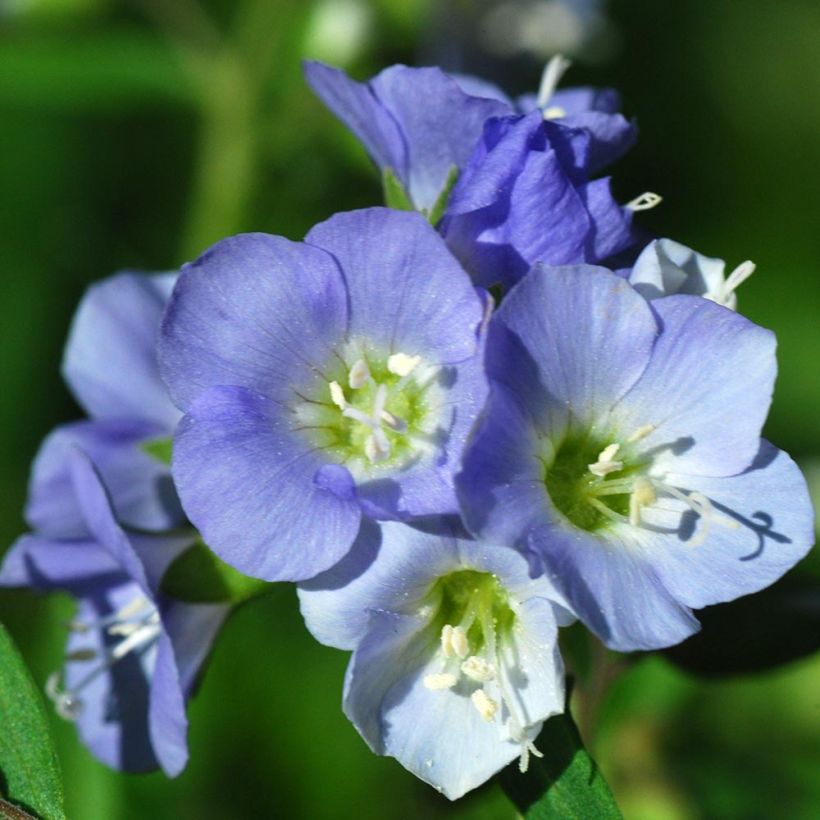

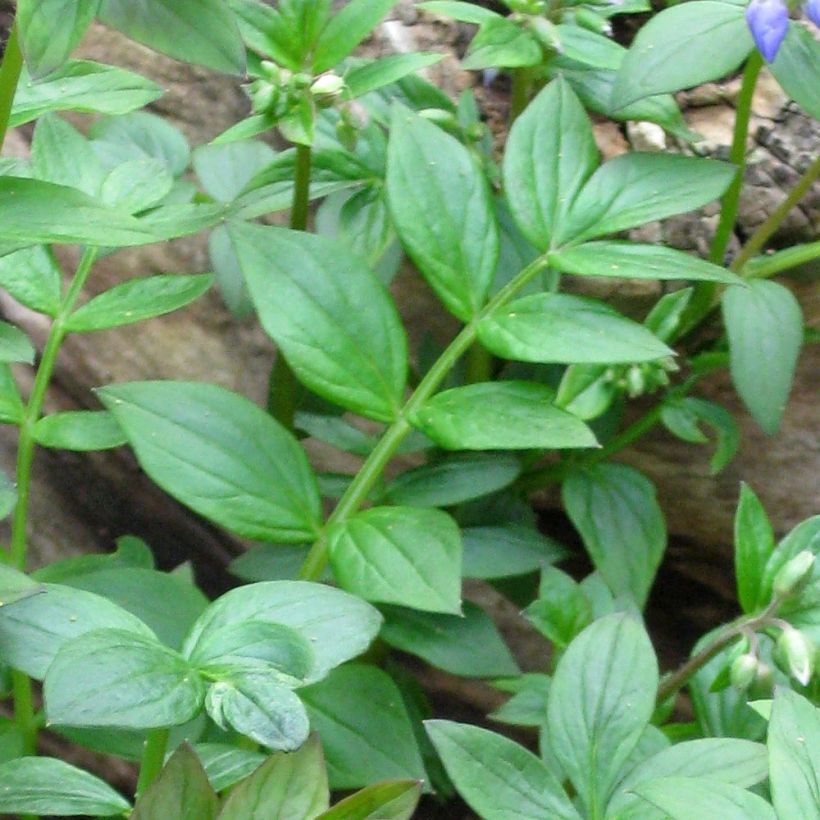

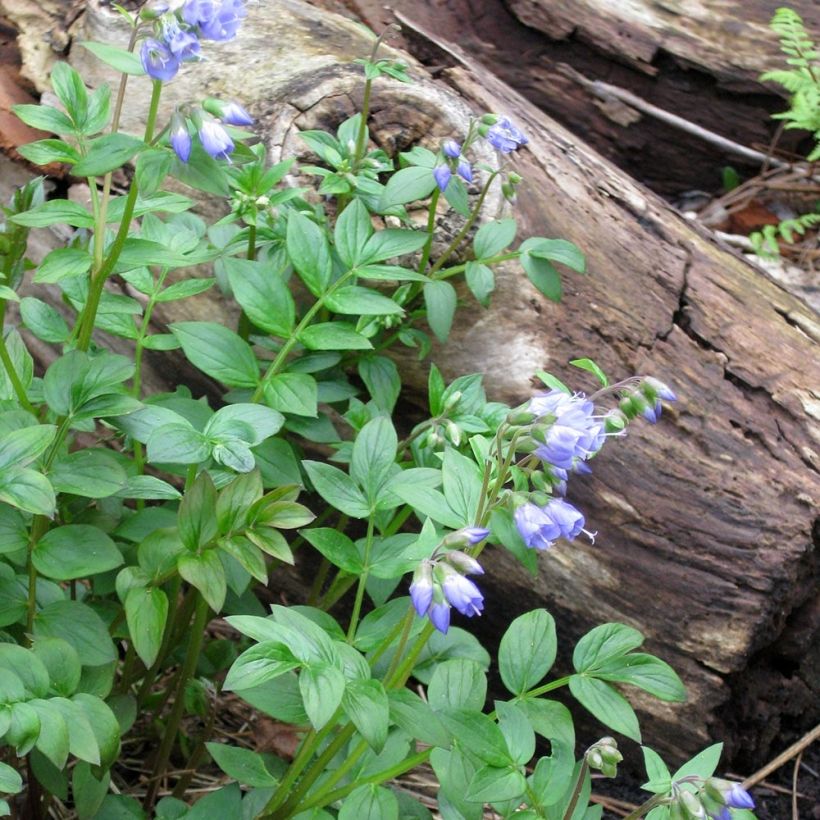

Flowering
Foliage
Plant habit
Botanical data
Polemonium
reptans
Polemoniaceae
Creeping Jacob's Ladder, Greek Valerian, Bluebells, American Abcess-Root, Sweet Root
North America
Other Polemonium - Jacob's Ladder
View all →Planting and care
Polemonium reptans is easy to grow. It is preferably planted in autumn, in soil that remains moist but well-drained, in full sun or partial shade. Mark its location as the vegetation disappears in winter. Polemoniums do not tolerate the combination of high heat and humidity in regions with hot summers. The foliage can brown under scorching sun. The best results are obtained in regions with cool summers. To prevent excessive spread of the plant, be sure to remove faded flowers to prevent spontaneous sowing. This facilitates regrowth in September and ensures better foliage. Prune the plant in autumn. Polemoniums generally do not need to be divided, as they do not like transplanting.
Planting period
Intended location
Care
This item has not been reviewed yet - be the first to leave a review about it.
Similar products
Haven't found what you were looking for?
Hardiness is the lowest winter temperature a plant can endure without suffering serious damage or even dying. However, hardiness is affected by location (a sheltered area, such as a patio), protection (winter cover) and soil type (hardiness is improved by well-drained soil).

Photo Sharing Terms & Conditions
In order to encourage gardeners to interact and share their experiences, Promesse de fleurs offers various media enabling content to be uploaded onto its Site - in particular via the ‘Photo sharing’ module.
The User agrees to refrain from:
- Posting any content that is illegal, prejudicial, insulting, racist, inciteful to hatred, revisionist, contrary to public decency, that infringes on privacy or on the privacy rights of third parties, in particular the publicity rights of persons and goods, intellectual property rights, or the right to privacy.
- Submitting content on behalf of a third party;
- Impersonate the identity of a third party and/or publish any personal information about a third party;
In general, the User undertakes to refrain from any unethical behaviour.
All Content (in particular text, comments, files, images, photos, videos, creative works, etc.), which may be subject to property or intellectual property rights, image or other private rights, shall remain the property of the User, subject to the limited rights granted by the terms of the licence granted by Promesse de fleurs as stated below. Users are at liberty to publish or not to publish such Content on the Site, notably via the ‘Photo Sharing’ facility, and accept that this Content shall be made public and freely accessible, notably on the Internet.
Users further acknowledge, undertake to have ,and guarantee that they hold all necessary rights and permissions to publish such material on the Site, in particular with regard to the legislation in force pertaining to any privacy, property, intellectual property, image, or contractual rights, or rights of any other nature. By publishing such Content on the Site, Users acknowledge accepting full liability as publishers of the Content within the meaning of the law, and grant Promesse de fleurs, free of charge, an inclusive, worldwide licence for the said Content for the entire duration of its publication, including all reproduction, representation, up/downloading, displaying, performing, transmission, and storage rights.
Users also grant permission for their name to be linked to the Content and accept that this link may not always be made available.
By engaging in posting material, Users consent to their Content becoming automatically accessible on the Internet, in particular on other sites and/or blogs and/or web pages of the Promesse de fleurs site, including in particular social pages and the Promesse de fleurs catalogue.
Users may secure the removal of entrusted content free of charge by issuing a simple request via our contact form.
The flowering period indicated on our website applies to countries and regions located in USDA zone 8 (France, the United Kingdom, Ireland, the Netherlands, etc.)
It will vary according to where you live:
- In zones 9 to 10 (Italy, Spain, Greece, etc.), flowering will occur about 2 to 4 weeks earlier.
- In zones 6 to 7 (Germany, Poland, Slovenia, and lower mountainous regions), flowering will be delayed by 2 to 3 weeks.
- In zone 5 (Central Europe, Scandinavia), blooming will be delayed by 3 to 5 weeks.
In temperate climates, pruning of spring-flowering shrubs (forsythia, spireas, etc.) should be done just after flowering.
Pruning of summer-flowering shrubs (Indian Lilac, Perovskia, etc.) can be done in winter or spring.
In cold regions as well as with frost-sensitive plants, avoid pruning too early when severe frosts may still occur.
The planting period indicated on our website applies to countries and regions located in USDA zone 8 (France, United Kingdom, Ireland, Netherlands).
It will vary according to where you live:
- In Mediterranean zones (Marseille, Madrid, Milan, etc.), autumn and winter are the best planting periods.
- In continental zones (Strasbourg, Munich, Vienna, etc.), delay planting by 2 to 3 weeks in spring and bring it forward by 2 to 4 weeks in autumn.
- In mountainous regions (the Alps, Pyrenees, Carpathians, etc.), it is best to plant in late spring (May-June) or late summer (August-September).
The harvesting period indicated on our website applies to countries and regions in USDA zone 8 (France, England, Ireland, the Netherlands).
In colder areas (Scandinavia, Poland, Austria...) fruit and vegetable harvests are likely to be delayed by 3-4 weeks.
In warmer areas (Italy, Spain, Greece, etc.), harvesting will probably take place earlier, depending on weather conditions.
The sowing periods indicated on our website apply to countries and regions within USDA Zone 8 (France, UK, Ireland, Netherlands).
In colder areas (Scandinavia, Poland, Austria...), delay any outdoor sowing by 3-4 weeks, or sow under glass.
In warmer climes (Italy, Spain, Greece, etc.), bring outdoor sowing forward by a few weeks.































